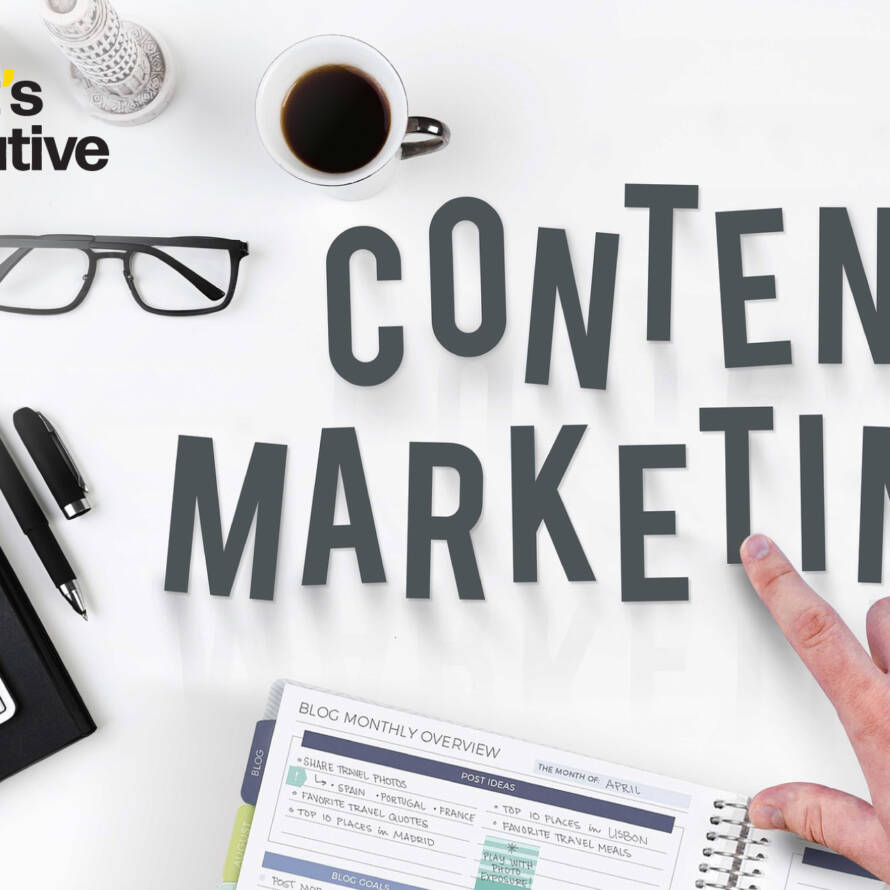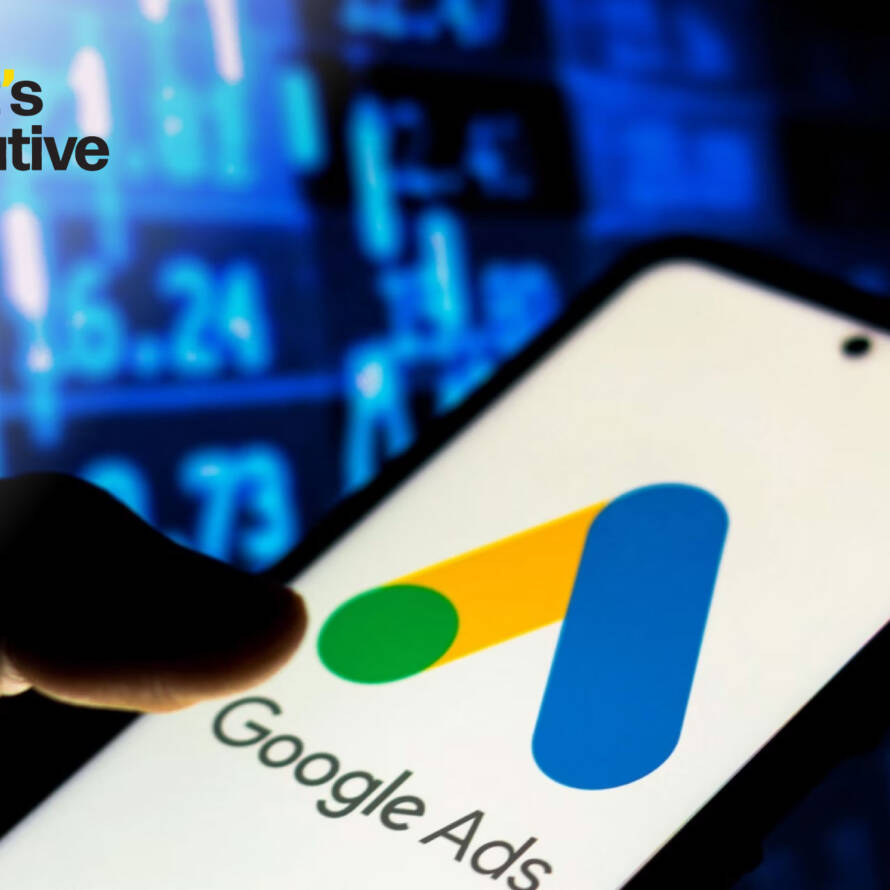|
Getting your Trinity Audio player ready...
|
In the modern-day speedy digital world, it is a must for almost all businesses to make themselves noticeable on the web if they want to be watched by the right clients and visitors. Here comes the implementation of the search engine marketing strategy that includes ads and SEO measures to appear on the first page of search engines like Google and Bing. The focal point of search engine marketing is PPC advertising, which is a strong instrument that ensures quick and exact achievements.
Although SEO is a foundation for organic search, PPC provides a cheaper and much quicker alternative for reaching out to a broader audience, thus the reason that it is increasingly becoming a key element of a variety in digital marketing.
In this blog, we will look into the matter of how pay-per-click is the driving factor of search engine marketing, what the pros and cons are, and why it is smarter to combine it with SEO for sustainable growth. All the while, though, let us not forget the ethics of automation.
Understanding PPC in Search Engine Marketing
So why is PPC so important? In the most basic sense of the term, Pay-Per-Click is a form of advertising in which businesses are charged for every click on their ads. Unlike old advertising methods where costs are fixed regardless of the performance of the campaigns, PPC sticks expenses directly to the engagement of customers. In online marketing, pay-per-click ad placements come either as a headline or at the bottom of the search engine results page (SERP) with a modest “Ad” label badge.
The most popular pay-per-click platforms include Google Ads (dominating with over 90% of search market share), Bing Ads (a cost-effective alternative), and social media PPC (like Facebook and LinkedIn ads). Each offers unique targeting options, making PPC versatile for businesses of all sizes.
Key Benefits of PPC in SEM
Why invest in PPC? The advantages are compelling:
- Instant Visibility & Traffic: Unlike SEO’s slow climb, pay-per-click puts you in front of your audience the moment your campaign goes live. Need leads fast? PPC delivers.
- Highly Targeted Advertising: With PPC, you can zero in on your ideal customer. Target by location, demographics, device, or even search intent. This precision ensures your budget isn’t wasted on irrelevant clicks.
- Cost Control & Budget Flexibility: You set the rules. Define daily budgets, adjust cost-per-click (CPC) bids, and pause campaigns anytime. It’s advertising on your terms.
- Performance Tracking & Optimization: Pay-per-click is a data goldmine. Tools like Google Analytics and platform dashboards reveal click-through rates (CTR), conversions, and return on investment (ROI). You can tweak campaigns in real time for maximum impact.
PPC and SEO: A Complementary Strategy
PPC and SEO aren’t rivals; they’re teammates. Together, they create a holistic search engine marketing strategy. Pay-per-click provides instant traffic, while SEO builds your organic foundation. But the synergy goes deeper:
- Supporting SEO Efforts: Pay-per-click ads can dominate branded searches, ensuring competitors don’t steal your spotlight. They also reinforce your presence as organic rankings grow.
- Data-Driven SEO Refinement: Pay-per-click campaigns reveal high-performing keywords, user behavior, and CTR trends. Use these insights to fine-tune your SEO content and boost organic performance.
- Brand Authority & Search Dominance: Imagine owning the SERP—your pay-per-click ad at the top, organic listing below. This one-two punch builds trust and maximizes clicks.
Essential Elements of a Winning PPC Campaign
Success in PPC isn’t luck—it’s strategy. Here’s what you need to nail:
- Keyword Research & Selection: Start with tools like Google Keyword Planner or SEMrush to find high-intent keywords—terms your audience uses when they’re ready to buy. Balance broad, phrase, and exact match types for optimal reach and relevance.
- Compelling Ad Copy & Creative: Your ad has seconds to grab attention. Write concise, benefit-driven headlines (e.g., “Save 20% on Shoes Today”) and descriptions that spark curiosity or urgency.
- Landing Page Optimization: Clicks mean nothing without conversions. Ensure your landing page aligns with the ad—matching keywords, offering a seamless user experience (UX), and optimizing for conversion rate optimization (CRO). Fast load times and mobile-friendliness are non-negotiable.
- Bidding Strategies & Budget Management: Choose between manual bidding (full control) or automated bidding (AI-driven efficiency). Monitor cost-per-acquisition (CPA) and adjust bids to stretch your budget without sacrificing results.
Common Challenges and How to Overcome Them
PPC isn’t without hurdles, but they’re manageable with the right approach:
- High Competition & CPC Management: Popular keywords can get pricey. Combat this by targeting long-tail keywords (e.g., “best running shoes for beginners”)—they’re cheaper and attract motivated users.
- Ad Fatigue: If your audience sees the same ad too often, engagement drops. Run A/B tests with different headlines, visuals, or CTAs to keep things fresh.
- Click Fraud & Quality Score Issues: Competitors or bots can drain your budget with fake clicks. Use fraud detection tools and focus on improving your Quality Score (via relevant ads and landing pages) to lower CPC and boost ad rank.
Proactive monitoring and optimization are your best defenses.
Future of PPC in Search Engine Marketing
PPC is evolving, and staying ahead means embracing new trend
- AI Automation: Machine learning now powers smarter bidding, ad personalization, and audience targeting. Tools like Google’s Smart Bidding are leveling the playing field.
- Voice Search Ads: As voice assistants like Alexa and Siri grow, PPC ads tailored for spoken queries (“Where’s the nearest coffee shop?”) are emerging.
- Video PPC: Platforms like YouTube and TikTok are expanding video ad opportunities, blending engagement with conversion potential.
- Google’s Algorithm Updates: Expect tighter ad policies and a focus on user intent. Adapt by prioritizing relevance and quality over keyword stuffing.
AI and machine learning will continue to refine PPC, making it more efficient and predictive. Businesses that adapt will thrive.
Conclusion
PPC has similarities to Search Engine Marketing rocket fuel, but it is much faster and can hit the target with pinpoint precision. SEO is the runner who blazes the organic trail to success, while PPC is the flash who makes sure you are spotted immediately – sending customers, leads, and sales whenever you want them. Alongside each other, they are a combined engine that functions between providing instant results and making the way for lasting credibility.
Business owners, as well as marketers, shouldn’t overlook the potential of PPC. It’s not only a cost but a means of growth. Whether you are launching a new product, market testing, or scaling your brand, PPC provides the tools for success. Begin with something modest, improve constantly, and observe how your online image rises to the skies. Still, are you willing to take the risk? The clicks—and thus, the customers—are waiting for you.



